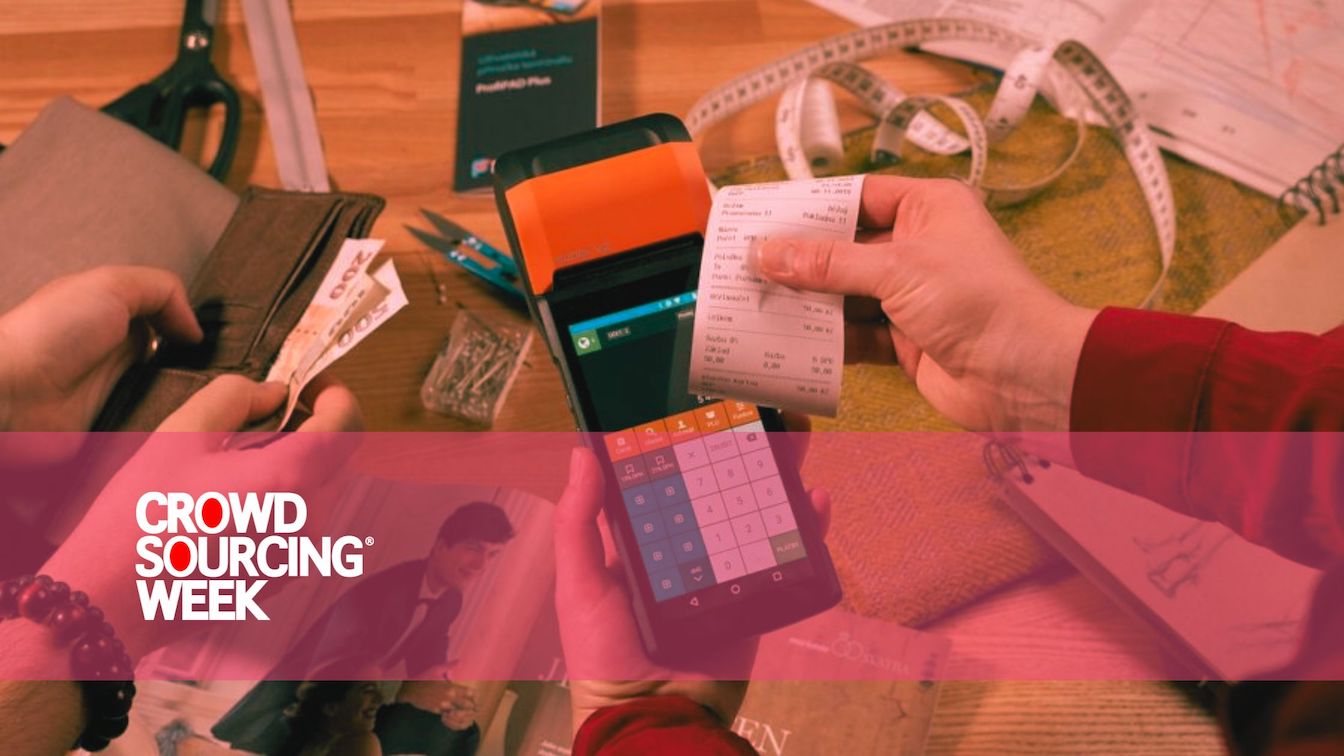Point of Sale Marketing provides brand owners with a communication channel with consumers when they are in the very act of making selections about what to buy. Spending on this form of in-store marketing will likely increase as more technology is integrated into retail environments, including screens and even headsets using augmented reality. Checking that marketing collateral is working or displayed correctly, that goods are stocked and displayed according to agreements with retailers, and securing knowledge of competitive activity, is vital. On-going store checks by networks of shoppers recruited through crowdsourcing are increasingly providing accurate and reliable in-store intelligence that brand owners need to ensure the maximum return on their POS investments. Let’s look at how crowdsourcing POS marketing checks work in practice.
Market value
Global spending on point-of-sale marketing, including materials such as displays, posters, and signage used in retail environments, and now increasingly electronic display screens and augmented technology, amounts to billions of dollars each year. Although it’s difficult to pin down an exact figure due to the variability in marketing efforts across regions and sectors, the global market is forecast to grow from an estimated 2023 spend of almost US$39 billion at a compound annual growth rate of 6.27% to 2030. This equates to a spend of almost $60 billion in 2030.

Source: grandviewresearch.com
Major brands can afford to spend more, and exert a more dominant impact in-store through POS marketing material and tech. The adidas Group, for example, increased its marketing and point-of-sale expenses to nearly €2.53 billion in 2023. This represented an 8.5% increase on the previous year. The adidas flagship store in London’s Oxford Street also demonstrates the brand’s commitment to in-store technology and experiential retail marketing, which is in line with its bold history of product and marketing innovations.
Guaranteeing the Quality of Crowdsourced Data
Brand owners and managers may quite legitimately question the accuracy of data provided by networks of shoppers rather than employees. The intelligence it provides is going to influence decision-making with expensive outcomes. How Roamler handles store checking is a good example on behalf of the whole crowd-generated in-store intelligence sector. Roamler is the European leader in crowd-based field-marketing activities, performing tasks for the biggest FMCG/CPG manufacturers, consumer brands, and retail chains. This includes serving brands like Unilever, P&G and Red Bull with on-demand store audits, sales and merchandising services.
Roamler launched in 2014 and is headquartered in Amsterdam, Netherlands, with offices in the UK, Germany, France, Belgium and Spain.
Check the instructions
Roamler provides access to a network of shoppers who have been recruited and given an initial level of instruction to carry out simple store-checking tasks and photograph the required brands where they are on display in stores.
When new client instructions are received, they are carried out first in a small sample of stores, what they call a “soft launch.” This will reveal if the instructions have any ambiguities or elements that confuse the store-checkers, or for any other reasons fail to deliver the required intelligence.
Four eyes are better than two
Every set of findings and results entered from crowdsourcing POS marketing checks is double checked by a Roamler employee. This is to ensure the store checker is following instructions correctly, and that the images of the branded items are up to the required quality. On average, 5% to 11% of submissions are corrected or rejected.
Admissible submissions are then collated and findings are summarised by Roamler employees in reports for the clients. On receipt of the reports, brand owner teams can assess whether their goods and marketing material are being displayed according to contractual agreements, e.g. shelf height, width of shelf occupied, the goods are present and the shelves are not empty or running out, point-of-sale marketing material is in place, proximity of competitive brands,
Advice given to store-checkers
To improve future store checking performance, advice includes tips such as opening doors of refrigerated cabinets before photographing the required brands inside them. This avoids strong reflections in the glass that can make a cabinet’s contents unrecognisable.
More specific tasks command a higher fee
After a selection process and additional training, the more experienced on-demand workers may also carry out in-store merchandising tasks. When they visit the same stores quite regularly, they can develop a rapport with the shop staff and elicit further help and support to meet the client’s instructions. Roamler has found their on-demand workers perform better when their tasks involve brands they personally use.
Store checks in more than supermarkets
Roamler can mobilise on-demand workers to check products and brands in outlets including bars, pharmacies, convenience stores and coffee shops. This particular success story is about a brand that expanded across Europe, and Roamler’s network of on-demand workers carried out POS marketing checks in various countries that otherwise would not have been possible for the brand owner to handle.

A CLUSE designer at work. Image source: CLUSE
CLUSE is a modern watch and jewellery brand, based in Amsterdam in The Netherlands. Company growth opened up international opportunities, resulting in cross-border POS. Products became available in Belgium, France, Germany, Italy, Spain and several other countries.
CLUSE called on Roamler to perform on-demand audits at several POS shop windows, with a specific focus on France and Germany. In particular, the brand owner wanted to know:
- The presence of products in the shop window.
- The brand visibility in store.
- The product location at POS.
- The product position (e.g., eye level).
Roamler’s on-demand auditors visited 220 outlets, 120 of which were in France and 100 in Germany. Besides reporting on the four KPIs, the auditors uploaded qualitative photos of the products through the Roamler app. The uploaded data allowed Roamler to create comparison reports of all audits, giving CLUSE a clear overview of the in-store execution in the two countries. Additionally, the insights were turned into valuable input for future POS marketing team briefs.
Thanks to this data from crowdsourcing POS marketing checks , CLUSE was able to:
- Optimise its merchandising strategy, based on the complete overview of the inventory at POS.
- Adapt team briefs thanks to insights from the field study.
- Set up corrective actions to guarantee the correct execution of its product display in-store.
Key takeaways
On-demand crowds of gig-economy workers continually show they can carry out store checking and provide accurate and reliable feedback for companies to take decisive, profitable action and maximise their return from investing in POS marketing. Crowdsourcing POS marketing checks also provides an income stream for gig-economy workers when they do something as straightforward as going shopping




0 Comments